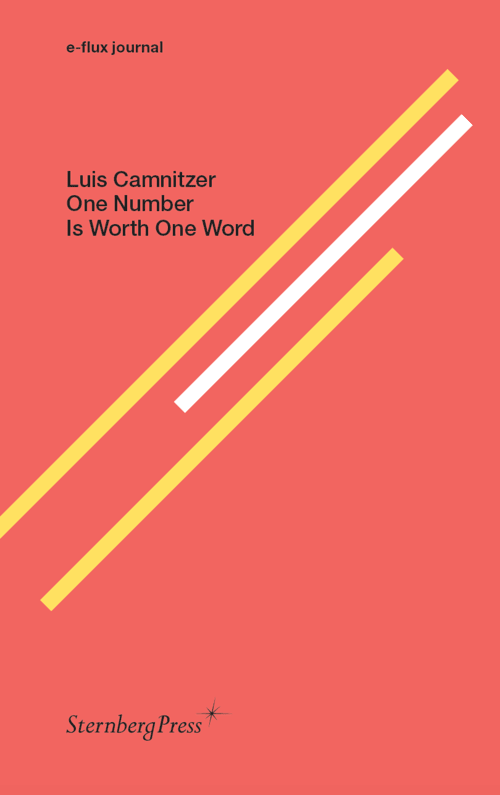In 1958, thanks to the efforts of its students and the Federación de Estudiantes Universitarios del Uruguay, the Escuela Nacional de Bellas Artes (ENBA) in Montevideo was integrated into the national university. This allowed students and graduates to participate in the government of the school and to effect curricular reform in a hitherto extremely conservative art academy. The text below was an attempt to bring together collective ideas and suggestions that could structure that reform. Some students had already started to work on this in the early fifties. Until 1958 the school had been rigidly controlled by the Ministry of Education and Culture, which had made change impossible. This is an abridged text composed of fragments from the much longer document which I have translated from the original Spanish. Footnotes have been added for the reader’s benefit.
I don’t believe that there is any other aesthetic premise than freedom, as much personal as collective. As this is also an ethical premise, I don’t believe that one can detach aesthetic premises from pedagogical methodologies. In reference to art, leaving aside any precise definition, I understand that it should be a universal form of expression, since every action should be aesthetic and everything should be creative. The opposite is neutral and stagnant. I understand that there is no “anti-art” but, if anything, there is an “other-art” with the same rights and validity.
Undoubtedly, the most common means of expression is the word. It’s misused and abused. It determines thought rather than being a consequence of it. Metaphors have become formal sentences that have lost their original image, and that is how we think.
The academy tends to undergo this same process in other forms of artistic expression. It is a totalitarian process, inasmuch as it tries to annul individual creativity and impose an ultimate and absolute truth. Technique tends to repeat that same process in the other forms of expression by forcing alienated structures onto the individual rather than allowing the individual to challenge, change, and create structures.
From an ideal point of view, the classification of “artistic” and “non-artistic” forms of expression is as arbitrary and absurd as the classification of “major” and “minor” art forms. I understand that the ENBA must eradicate this division. In saying this I’m also saying that art is an attitude and, following this, that it is an attitude of freedom (which is obviously an engagement; freedom is the correct use of individual potential). And in a panorama that comprises “word,” “academy,” and “technique,” art is a warmongering attitude, where the weapon serves as much to kill as to give birth.
I understand that every human being is able to express him- or herself artistically. It is done to a greater or lesser degree, or it’s not done at all (a case I consider hypothetical) depending on the interference of academies, of empty forms, and of prejudice, all of which generally hamper natural development.

